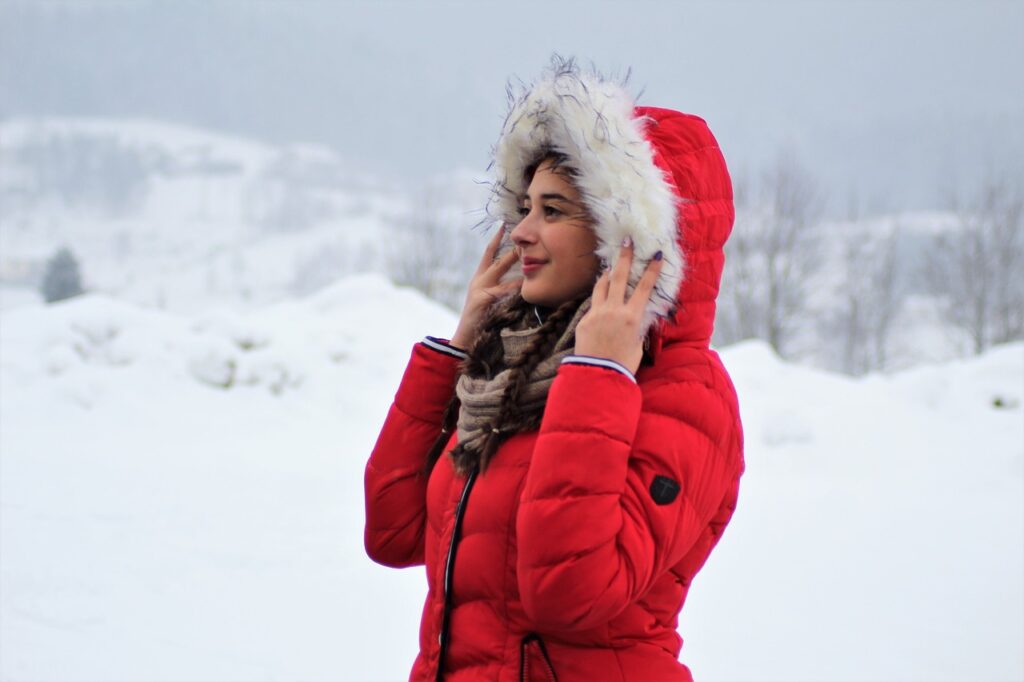As the temperatures start to drop, it’s natural to start thinking about pulling out your winter coat. But when is the right time to start wearing it?

First, let’s talk about the importance of a winter coat. In cold weather, your body loses heat faster than it can produce it, which is why it’s essential to keep warm to prevent hypothermia and frostbite. A winter coat helps to insulate your body and protect you from the cold. It’s especially important for children and the elderly, who are more prone to getting cold.
So, when is the right time to start wearing a winter coat? It really depends on the weather and your personal comfort level. Some people are more sensitive to the cold than others, and what one person finds comfortable might be too cold for someone else.
Here are a few things to consider when deciding when to start wearing your winter coat:
- Temperature: The most obvious factor is the temperature. When the temperature starts to dip below freezing, it’s definitely time to break out the winter coat. However, if you’re someone who gets cold easily, you might want to start wearing a coat at a higher temperature. A good rule of thumb is to dress in layers. You can wear a lighter coat over a sweater or jacket, and then add a thicker coat as the temperature drops.
- Humidity: Humidity can also play a role in how cold you feel. When the air is dry, your body loses heat faster. So even if the temperature is above freezing, you might want to wear a coat if the humidity is low. On the other hand, if the air is humid, you might be able to get away with a lighter coat.
- Wind: Wind can make the temperature feel colder than it actually is. If it’s a windy day, you’ll want to wear a coat to protect yourself from the windchill. Windproof coats are a good option for very windy days.
- Activity level: If you’re going to be active outdoors, you’ll want to wear a coat to keep warm. When you’re moving around, your body generates heat, which can help to keep you warm. However, if you’re going to be sitting still for a long time, you might want to wear a thicker coat to stay warm.
- Personal preference: Ultimately, it’s up to you to decide when to start wearing a winter coat. Some people prefer to be on the colder side, while others like to be toasty warm. Listen to your body and dress accordingly.
In general, it’s a good idea to have a few different options for winter coats, so you can choose the right one for the weather and your comfort level. A heavy parka is great for extremely cold temperatures, while a lighter coat might be more comfortable for milder weather. It’s also a good idea to have a waterproof coat for wet and snowy days.
No matter when you start wearing your winter coat, it’s important to stay warm and safe in cold weather. Make sure to cover your head, ears, and hands, as these are areas that are prone to getting cold. Knowing how to dress in layers for winter is also an essential strategy for staying warm. If you’re going to be outside for an extended period, dress in layers so you can easily adjust to changing temperatures.
In conclusion, there is no one-size-fits-all answer to when to start wearing a winter coat. It’s a combination of the temperature, humidity, wind, activity level, and personal preference. As the weather starts to get colder, pay attention to the conditions and listen to your body to decide when it’s time to break out the winter coat.

